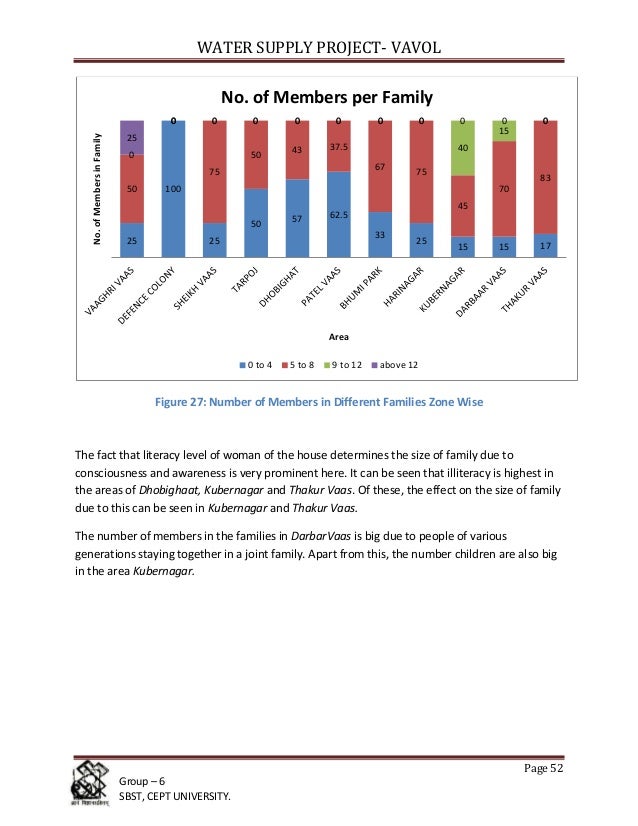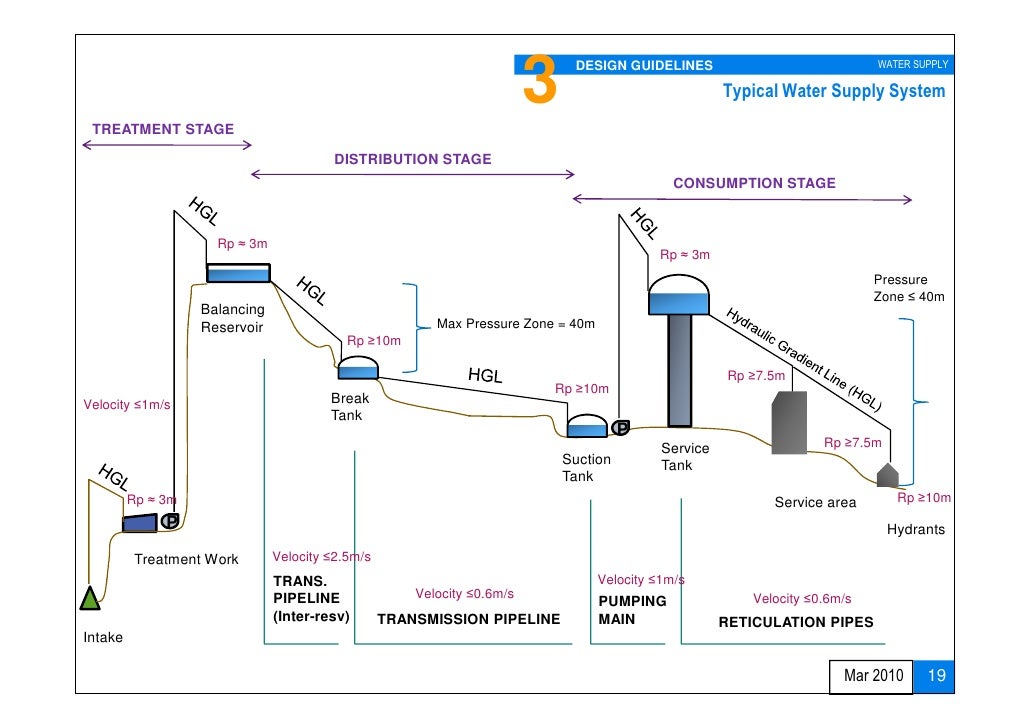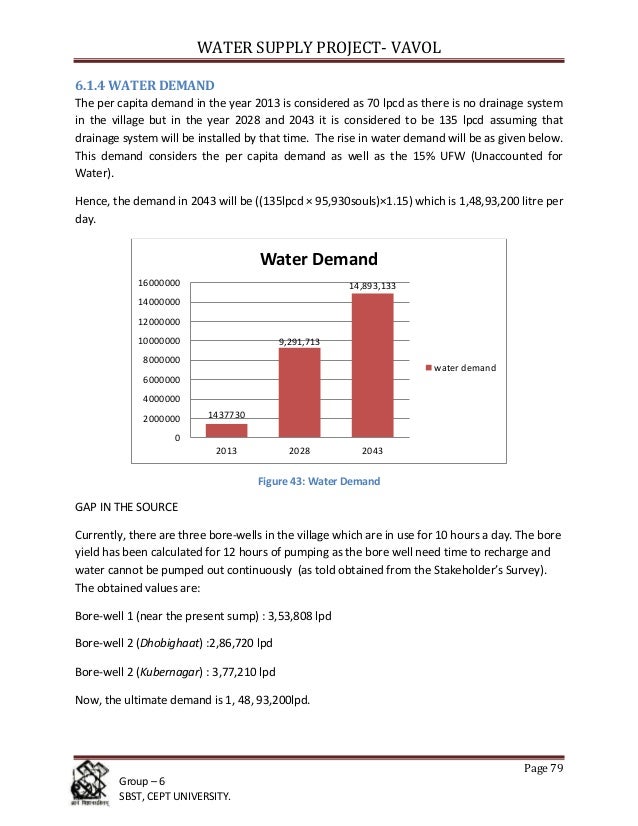California’s Central Valley is known as one of the most productive agricultural regions on earth, but it was not always this way. For a long time, the Central Valley was ranching country. And then it was farming country, but was farmed “dry,” meaning without supplemental irrigation. It wasn’t until the population influx in the 1850s with the gold miners and the development of a pump that there was a drive to make the Central Valley intensively agricultural.
After decades of pumping water for irrigation in the Central Valley and a drought from 1928-1934, the Central Valley Project was conceived as a plan to ensure water supply reliability and protect it from floods.
It is important to determine the amount of water available in terms of quantity and supply rate, BEFORE choosing an irrigation system. Water entitlements - 'Unbundling' In the Shepparton Irrigation Region, irrigation farms have an entitlement for water from the Goulburn-Murray Water (G-MW) (external link) channel system. HOT WATER SYSTEM FOR HIGH RISE BUILDINGS 12. Floors are zoned The purpose of zoning is to maintain the pressure of the hot water supply Head tank improves the flow of hot water to the taps on the upper floors of each zone. Calorifier Pump 14. 2.2.2 Operation and Maintenance “The supervision, operation, and maintenance of sewerage systems shall be of such character as in the opinion of the Tennessee Department of Environment and Conservation will produce. DESCRIPTION OF THE SOURCE WATER SYSTEM During the last 100 years, the CSD’s water system has evolved into a very complex system. It now serves a population of 1.3 million people spread out over 370 square miles (Table 2.1). The CSD treats imported raw water and local runoff water in three City WTPs, which have a combined capacity of 294 MGD. OCTOBER 2014 VA. Department of Veterans Affairs. Ofce of Construction & Facilities Management. Rev May 1, 2018.
Learning Objectives
After reading this section, you should be able to:
- Identify and critique the purposes of the Central Valley Project
- Anticipate the future crises for the Central Valley Project

The Central Valley typifies the challenge of California’s water supply. Most of the rainfall occurs in five months, from December to April. There is enough rain to regularly produce flooding in these months. But when the needs of the plants are the greatest for food production (spring and summer), there is little natural rainfall. Pumping supplemental water made the groundwater levels drop significantly in the Central Valley causing subsidence. Diverting river flows for irrigation brought in the salt waters to the Sacramento-San Joaquin Bay Delta, which meant saltier water, sometimes unfit for irrigation, came inland.
The state of California authorized the California Central Valley Project Act of 1933 to sell bonds to fund the project. However, due to the Great Depression, the bonds didn’t sell. The federal government took control of the project with the Rivers and Harbors Act of 1935 and the project was finally approved in 1935 for construction by the federal Bureau of Reclamation, which eventually took over operation.
The Central Valley Project was authorized with three key elements in its mission: flood control, water for irrigation and power generation. Water quality was added later to the mission as well as recreation and fish and wildlife enhancement.
Although the Central Valley Project is the largest of the federal water reclamation projects and includes reservoirs capable of storing 11 million acre-feet of water, it has a fairly simple structure. Water is stored in Shasta Reservoir and Shasta Dam acts as flood control for the Sacramento River. The Trinity River supplements the Sacramento River. The San Joaquin River supplies areas south of the Delta.
The Central Valley Project shares some facilities including San Luis Reservoir with the State Water Project. The photo below shows Shasta Dam, which is exclusively used by the Central Valley Project.
Misconception Alert!
Many people believe that Shasta Lake is part of the State Water Project. As you learned in this section, this is part of the Central Valley Project. The State Water Project has another larger reservoir that stores water in Northern California, Lake Oroville. These reservoirs are typically confused by many people.
The Central Valley Project Improvement Act in 1992 allocated water for fishery restoration. This is similar to Decision 1631 in that a water development project was re-evaluated with current environmental norms. The allocation for fishery restoration is 800,00 AFY, which is perceived as enormous by some.This was a considerable change in the mission of the Central Valley Project from water supply reliability, irrigation, and power generation to fish and wildlife enhancement.
Try It!
- Compare and contrast the Los Angeles Aqueduct and Central Valley Project.
- Investigate potential challenges to the Central Valley Project in the future.

Key Terms
California Central Valley Project Act of 1933—Authorized by the state of California to sell bonds to fund the Central Valley Project. However, due to the Great Depression, the bonds didn’t sell.
Central Valley Project Improvement Act in 1992—Allocated water for fishery restoration in the Central Valley Project
Rivers and Harbors Act of 1935—Authorized by the federal government to fund the Central Valley Project in 1935 for construction by the federal Bureau of Reclamation
WSFU is used to calculate water supply service systems
2.2 Source Design Water Supply System In House
The WSFU (Water Supply Fixture Units) is defined by the Uniform Plumbing Code (UPC) and can be used to determine water supply to fixtures and their service systems.
| Individual Fixtures | Minimum Fixture Branch Pipe Size | Water Supply Fixture Units WSFU | |
|---|---|---|---|
| (inch) | Private Installations | Public Installations | |
| Bathtub | 1/2 | 4 | 4 |
| Bathtub with 3/4' fill valve | 3/4 | 10 | 10 |
| Bidet | 1/2 | 1 | |
| Combination sink and tray | 1/2 | ||
| Dishwasher, domestic | 1/2 | 1.5 | 1.5 |
| Drinking fountain | 1/2 | 0.5 | 0.5 |
| Hose bibbs | 1/2 | 2.5 | 2.5 |
| Laundry, 1 - 3 compartments | 1/2 | ||
| Lavatory | 1/2 | 1 | 1 |
| Bar sink | 1/2 | 1 | 2 |
| Clinic fauce sink | 1/2 | 3 | |
| Kitchen sink, domestic | 1/2 | 1.5 | 1.5 |
| Laundry sink | 1/2 | 1.5 | 1.5 |
| Service or mop basin | 1/2 | 1.5 | 3 |
| Sinks, flushing rim | 3/4 | ||
| Sinks, service | 1/2 | ||
| Washup basin | 1/2 | 2 | |
| Shower, single head | 1/2 | 2 | 2 |
| Urinal, flush tank | 1/2 | 2 | 2 |
| Urinal, flushometer valve | 3/4 | ||
| Wall hydrant | 1/2 | ||
| Wash fountain | 3/4 | 4 | |
| Water closet, gravity flush tank | 1/2 | 2.5 | 2.5 |
| Water closet, flushometer valve | 1 | 2.5 | 2.5 |
| Water cooler | 1/2 | 0.5 | 0.5 |
- 1 WSFU = 1 GPM = 3.79 liter/min
- 1 in = 25.4 mm
2.2 Source Design Water Supply System Diagram

Note that this conversion is only true for one or a few fixtures. Since all fixtures in a system are never used at the same time, the total units achieved by adding the numbers for all fixtures must be compensated for their intermittent use.
For supply pipe lines this is taken care of in the sizing tables.
For manifolds or special equipments sizing, a formula or a table can be used.
Related Topics

- Water Systems - Hot and cold water service systems - design properties, capacities, sizing and more
Related Documents
- Cold Water Storage Capacity - Required cold water storage capacity - commonly used fixtures and types of buildings
- Cold Water Storage per Occupant - Cold water storage for occupants in common types of buildings as factories, hospitals, houses and more
- Cross-Contamination Control - It is fundamental to keep the potable water in the water supply systems uncontaminated
- Domestic Hot Water Service Systems - Design Procedure - Design procedure for domestic hot water service systems
- Drainage Fixture Unit Values - DFU - DFU are used to determine the drainage from fixtures and required capacity of sewer service systems
- Drainage Fixtures - Unit Loads and Sanitary Piping - Maximum Drainage Fixture Unit - DFU - loads for sanitary piping
- Drains and Sewers - Drainage Fixture Units (DFU) connected to building drains and sewers
- Farm Livestock - Water Consumption - Farming and animal required water supply
- Fixture Units - WSFU vs GPM and Liters/sec - Converting WSFU - Water Supply Fixture Units - to GPM
- Hoses - Water Flow and Pressure Losses - Water flow and pressure loss due to friction in hoses
- Hot and Cold Water Pipe Sizing - Recommended dimensions of hot and cold water pipes
- Hot Water Circulation Return Pipe - Hot water can be circulated through a return pipe if it's instantly required at the fixtures
- Hot Water Consumption per Occupant - Consumption of hot water per person or occupant
- Hot Water Content in Fixtures - Content of hot water in some common used fixtures - basins, sinks and baths
- Main Vents in Draining Systems - Vents in draining systems protects traps against pressure differences that could cause them to siphon or blow out
- Online Design of Water Supply Systems - Online design tool for a water supply system
- PE Water Supply Pipes - Properties - Nominal pipe size, outside diameter, wall thickness, weight and working pressure
- Plumbing Codes - Plumbing or sanitation codes are a set of rules and regulations imposed by cities, counties or states
- Sizing Water Supply Lines - Sizing water supply service and distribution lines based on Water Supply Fixture Units (WSFU)
- Water Distribution Pipes - Materials used in water distribution pipes
- Water Supply - Calculating Demand - Calculating expected demand of water supply in service lines
- Water Supply Pipe Lines - Sizing - Sizing of water supply pipe lines
- Water Supply to Public Buildings - Required water supply to public buildings
- Yard Fixtures - Water Consumption - Water consumption in garden fixtures
